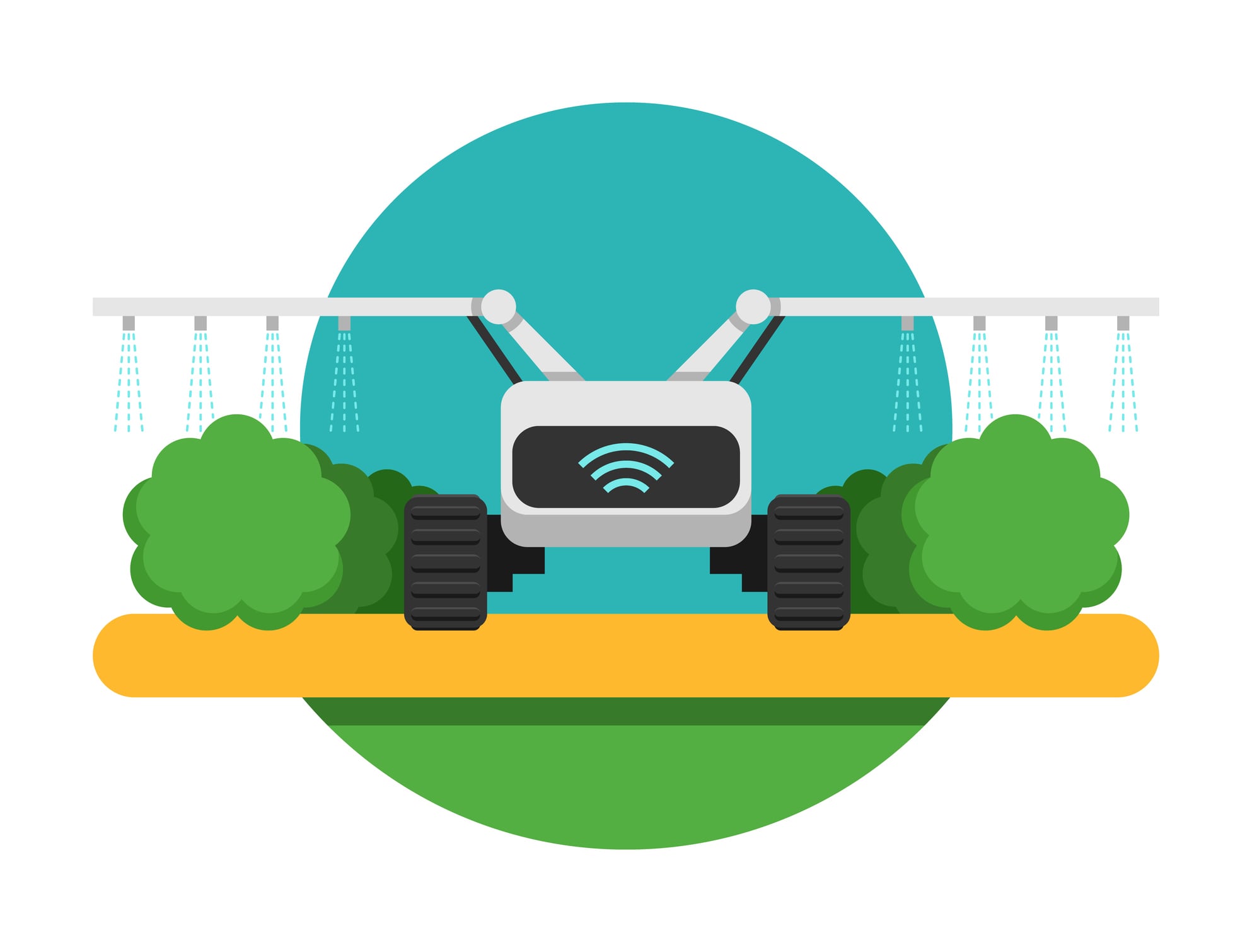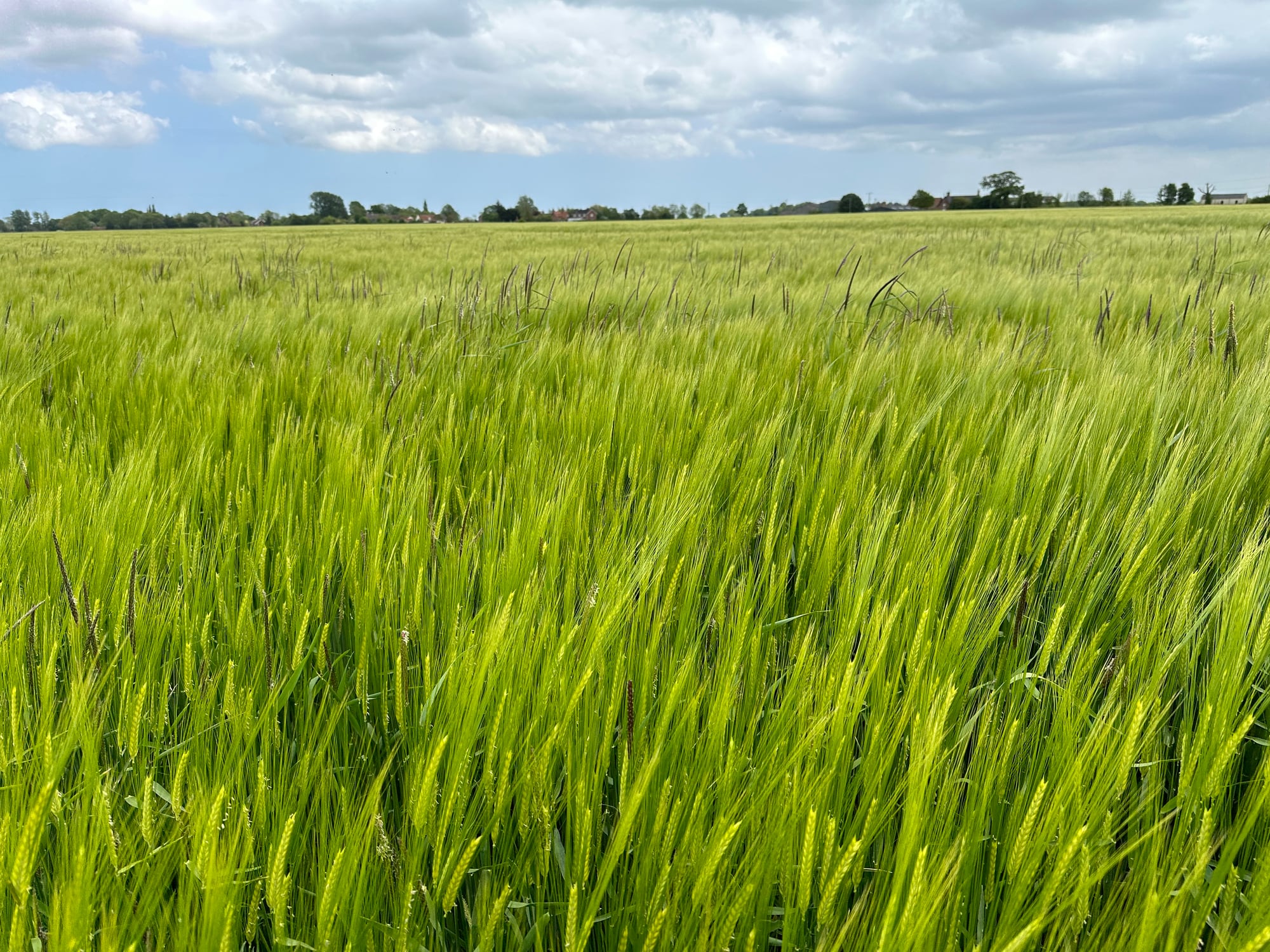According to the Consultative Group on International agricultural Research (CGIAR), machinery powered by internal combustion engines consumes almost 30% of global agricultural energy and generates about a third of emissions, with crop planting responsible for nearly 20%.
A research team at Jiangsu University said the shift toward sustainable, intelligent farming is placing EAM at the heart of modern equipment development.
“Traditional agricultural machinery faces a trade-off between productivity gains and environmental protection. As an effective solution, EAM with efficient, safe, and clean power systems, coupled with intelligent control technologies, has become a global research focus.”
In contrast, EAM offers a compelling solution aligned with the Food and Agriculture Organisation’s (FAO) goals for sustainable agriculture: improving productivity, enhancing climate resilience, and reducing emissions.
By employing distributed electric drive technologies, EAM simplifies complex transmission structures, enables precise motor control for improved traction and manoeuvrability, and provides a robust platform for intelligent and autonomous upgrades.
Hurdles to widespread adoption
The advancement of EAM in agriculture is currently limited by the transfer of New Energy Vehicle (NEV) technologies.
The review highlighted how NEV technology was largely ill-suited to the unique and harsh demands of agricultural work. This often leads to high system failure rates.
“When NEV-based electrical systems are applied to EAM, they often encounter challenges in thermal management, insulation, and sealing. These subsystems play a critical role in determining overall energy efficiency, operational stability, environmental adaptability, and long-term economic viability,” said the review.
While battery-powered machines can help smaller farms with less energy demands and smaller operational areas, today’s fully battery-powered machines cannot yet handle heavy, long-duration farm work on a large scale.
The review highlighted hybrid electric powertrains as an important step between traditional fuel-powered machinery and fully electric machines.
However, since most hybrid EAMs are retrofitted from conventional machinery, their capabilities are restricted.
The researchers called for future development to focus on universal hybrid platforms that can handle multiple tasks, electrify implements, and improve coordination between traction and working systems.
Future research
The researchers said future EAM development must go beyond simply utilising electric vehicle technologies and focus on purpose-built, farm-ready designs.
They suggested that future development prioritise reliable, farm-ready components, seamless system integration, longer-lasting and faster-charging batteries, and flexible hybrid or multi-energy platforms capable of handling a wide range of agricultural tasks.
The review concluded: “Overcoming these challenges will be essential for the successful deployment of new energy technologies in the agricultural sector. Overall, the future development of EAM presents both significant opportunities and challenges.
“Through cross-disciplinary innovation and the establishment of unified standards, EAM is poised to become the core equipment and strategic backbone of sustainable and intelligent agriculture in the coming years.”
Source: Agriculture
Advances and Future Trends in Electrified Agricultural Machinery for Sustainable Agriculture
Yue Shen et al.
https://doi.org/10.3390/agriculture15222367




